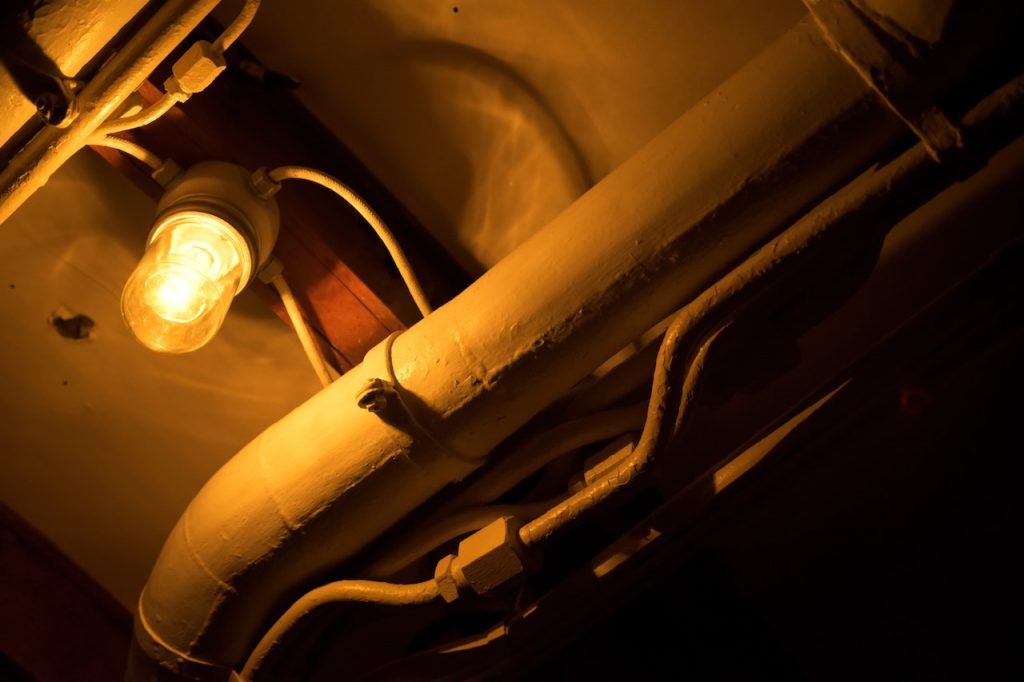
Good structural integrity within sewer pipelines is crucial for the safety and health of communities, which is why it is so important for municipalities to make pipe maintenance and repairs their top priority.
Thanks to ever-evolving trenchless technology, structural pipe maintenance is easier than ever — if a municipality is partnered with a knowledgeable and well-equipped team.
But what is the best way to handle sewer pipeline maintenance and repairs? Microtunneling is one answer to this question. What is microtunneling, you ask? Read more below about microtunneling — a form of trenchless construction — and how this method compares to horizontal and directional drilling.
What Is Microtunneling?
Microtunneling refers to a trenchless form of sewer construction that can be controlled remotely. This — and any type of trenchless construction — is especially useful when tunnels are too small in diameter for an operator to drive a tunneling machine.
This method is primarily used for excavating boreholes, pipe jacking, maintenance, and laying pipes, all from a remote location.
The Microtunneling Process
During this process, a microtunneling boring machine is used to control the necessary machinery from a control panel on the surface of the pipe or borehole location. With a remote process, there’s no need for workers to enter tunnels.
Microtunneling is often used for jobs that require a specific level of precision. To allow the process to run smoothly, water jetting is implemented during the boring stage. This means that pressurized water is used to clear out any dirt or debris that may be blocking the pipeline. A slanted or asymmetrical head can also be directed with laser guidance.
Benefits Of Microtunneling
Microtunneling allows for an array of benefits, such as the fact that it enables teams to undertake remote excavation or maintenance within tunnels that are too small for workers to enter. In addition, microtunneling increases the safety of workers and allows a job to be completed within a shorter time frame.
Furthermore, microtunneling allows for a cleaner work environment, leading to less damage to the environment since fewer infiltrating materials have to enter the ground.
Another positive factor for the environment is that microtunneling uses a vacuum extraction system. This minimizes the setup footprint on a worksite, offering a safer method for both the workers and the environment.
The limitations of microtunneling
Microtunneling, however useful, does have its limitations. Unexpected conditions within the tunnel may prevent the machine from working properly. When using microtunneling, it is also difficult to maintain a line and grade when an obstruction occurs.
What Is Microtunneling Best Suited For?
Microtunneling is ideal to use within difficult ground conditions. Although this may include soft soil, microtunneling is also used to bore through sand, clay, and hard rocks.
Where microtunneling is especially useful, is below the groundwater table. The microtunneling machinery is sealed and pressurized, which prevents groundwater from entering the machine.
What Is The Difference Between Microtunneling And Horizontal Directional Drilling?
Although Horizontal Directional Drilling (HDD) is also a trenchless boring method like microtunneling, there are a few differences between these two methods to keep in mind.
In short, microtunneling is a pit-launched technique that is quite costly but offers low risk with high accuracy. HDD, on the other hand, is less expensive, due to the fact that it is surface-launched. Although cheaper, HDD is also less precise than microtunneling.
What Municipalities Should Know About The Difference Between Microtunneling and HDD
Although the upfront cost and time of completion for HDD is less than microtunneling, municipalities should consider the long-term precautions of opting for HDD instead.
Although this may save them time and money when starting a project, municipalities may want to review the positive aspects of making a long-term investment that they and their communities will benefit from in the long run.
HDD may be cheaper when starting a project, but this process has a higher risk of maintenance costs. Furthermore, it has a higher chance of pipe failure, which certainly makes microtunneling less expensive in the long run.
Municipalities that have a small budget may want to choose HDD if accuracy and future maintenance costs are not elements to worry about. However, pipelines that require accurate installations and long-term cost considerations would benefit more from the microtunneling process.
To summarize, although HDD is cheap when starting a new project, microtunneling is more accurate and reliable, making HDD more expensive in the long run — especially where future maintenance is concerned.
For a long-term investment and highly accurate jobs, microtunneling remains the route to follow for municipalities.
Partner With A Team You Can Trust
Municipalities looking for the ideal manufacturer and pipeline rehabilitation team should look no further than SEKISUI SPR Americas, LLC — leaders in our field with state-of-the-art technology that makes jobs easier and more sustainable in the long run.
We work closely with municipalities, engineering firms, and contractors to restore underground infrastructure. Specializing in Spiral Wound Liners, an innovative trenchless rehabilitation solution, there is no better route to follow than the SEKISUI route.
Contact us today for top-rated municipal solutions.

